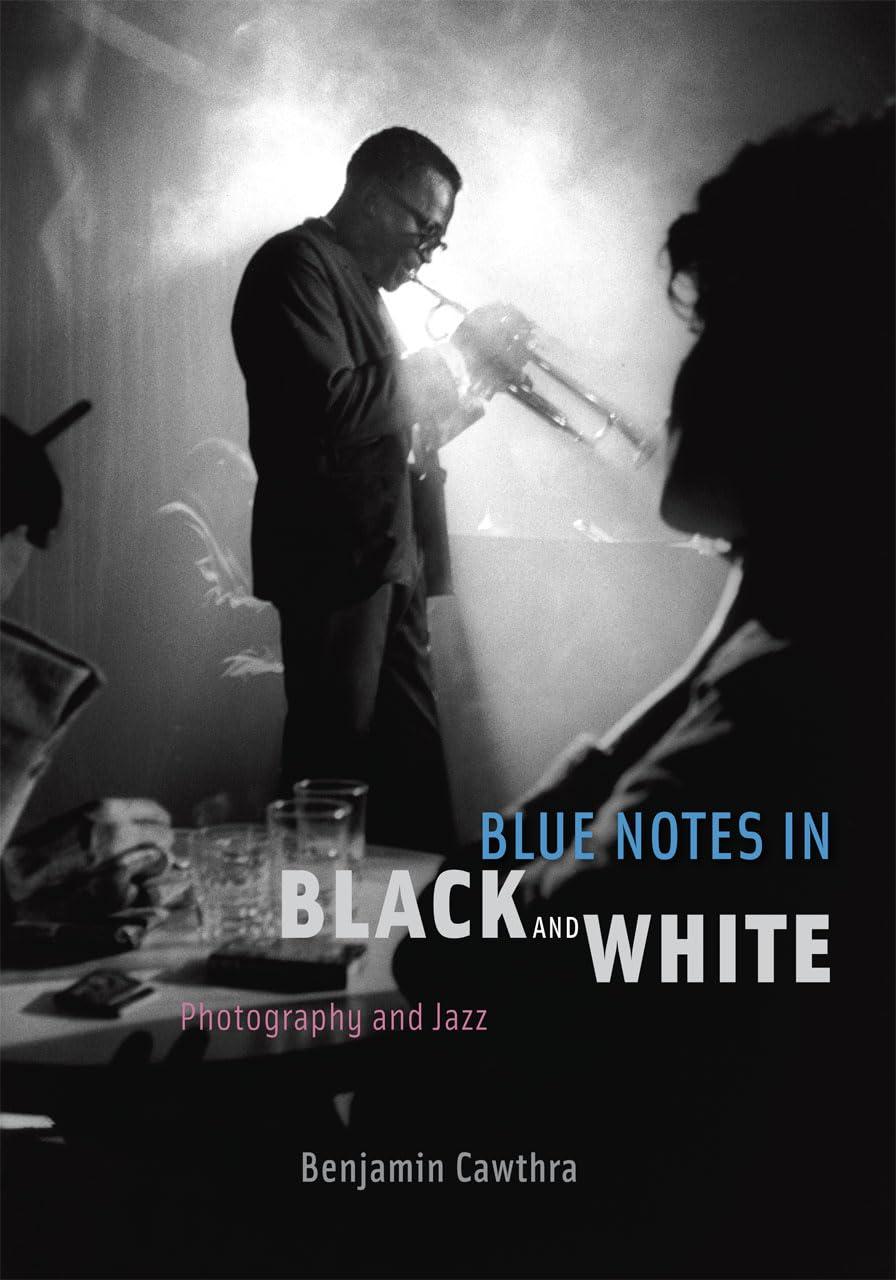

encountering issues with the button? click the link below for the full book page:
https://abe.ebookmarket.pro/esu/0226098753/Blue-Notes-in-Black-and-White-Photographyand-Jazz
READ BOOK Blue Notes in Black and White: Photography and Jazz
Kindle
to expand your reading options, make sure to visit my account and explore the wide range of books available
Miles Davis, supremely cool behind his shades. Billie Holiday, eyes closed and head tilted back in full cry. John Coltrane, one hand behind his neck and a finger held pensively to his lips. These iconic images have captivated jazz fans nearly as much as the music has. Jazz photographs are visual landmarks in American history, acting as both a reflection and a vital part of African American culture in a time of immense upheaval, conflict, and celebration. Charting the development of jazz photography from the swing era of the 1930s to the rise of black nationalism in the 821760s, Blue Notes in Black and White is the first of its kind a fascinating account of the partnership between two of the twentieth century8217s most innovative art forms.Benjamin Cawthra introduces us to the great jazz photographers8212including Gjon Mili, William Gottlieb, Herman Leonard, Francis Wolff, Roy DeCarava, and William Claxton8212and their struggles, hustles, styles, and creative visions. We also meet their legendary subjects, such as Duke Ellington, sweating through a late-night jam session for the troops during World War II, and Dizzy Gillespie, stylish in beret, glasses, and goatee. Cawthra shows us the connections between the photographers, art directors, editors, and record producers who crafted a look for jazz that would sell magazines and albums. And on the other side of the lens, he explores how the musicians shaped their public images to further their own financial and political goals.This mixture of art, commerce, and racial politics resulted in a rich visual legacy that is vividly on display in Blue Notes in Black and White. Beyond illuminating the aesthetic power of these images, Cawthra ultimately shows how jazz and its imagery served a crucial function in the struggle for civil rights, making African Americans proudly, powerfully visible.
